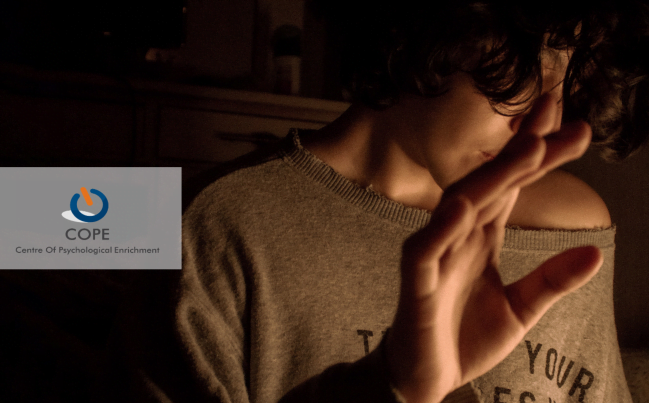Understanding avoidant attachment:
In an age when the value of human life is high, and humans are living longer than ever, afterwards, we find ourselves navigating the twist and certainly turns of long-term relationships never previously seen. Each relationship contains complex factors pertaining to and influencing communication, bringing together mini cultures, intergenerational experiences and individuality within the larger community. Differing values, belief systems, socioeconomic status, education, temperament, acceptable/not acceptable behaviours, expectations, body language, past history and experiences, sexuality, and coping mechanisms, all influence communication, determining the outcomes of adult relationships.
John Bowlby believed that the biggest influence in relationship communication developed in early childhood and that it is formed within the infant/main caregiver relationship. The infant’s view of the world, including the reliability and availability of the caregiver, how they view themselves as individuals, and if they are valued and deserving in the eyes of others, creates an internal working model of the self in infancy. The internal working model developed in childhood drives the individual to adopt an attachment style, self-designed subconsciously through experience to protect from physiological and psychological harm.
How avoidant attachment impacts relationships?
In order to establish a close bond between infant and caregiver, an infant uses cues to gain attention from the caregiver, such as crying and smiling, and the caregiver meets the physical and emotional needs of the child. This attention and close proximity allow the child to safely explore their environment from a safe base and the child develops a healthy sense of self, gains confidence, and develops the ability to regulate emotions, resulting in successful navigation of adult relationships later in life. Equally important, when emotional and physical abuse or neglect are prominent in the early infant/caregiver relationship, health, social, emotional, and mental development may be damaged.
As a result, when a caregiver is mistuned to the child’s needs or rejected and unavailable, that child may learn to self-soothe becoming self-sufficient, self-reliant, and self-regulating. The child’s experiences of the early relationship and their responses become a blueprint for future relationships.
For those with an avoidant attachment style, independence and self-sufficiency become important to their survival. Stoicism overrides the need to express distress and they can become disassociated resulting in an emotional disregard for self and others. Behind the visual lack of distress is the inability to regulate states of emotion during times of stress. The effects on adult relationships can be far-reaching as avoidant attachment figures can be distrustful, doubting, cynical, and unresponsive of others. As a matter of fact, in romantic relationships, it can lead to a wariness of others need to commit and being withdrawn when intimacy is initiated due to lower levels of trust.
For the partners of those with an avoidant attachment style, the reluctance to commit can sometimes be difficult to tolerate and their need for independence can be seen as being closed off. This can create a push/pull situation where one partner is pushing for intimacy while the other is pulling away. Partners of those with an avoidant attachment style may feel that they are being discounted or ignored and that their partners have little or no feelings toward them.
Final thoughts on avoidant attachment
The reality is that they are uncomfortable with the feelings emotions invoke and avoid intimacy and they see partners as overly needful of their attention. This is a defence mechanism formed during childhood to protect from a perceived or real threat/hurt e.g. abandonment. This need to be independent does not necessarily mean that the person does not want a close meaningful loving and trusting relationship or that they do not want physical contact.
The need for human connection is intrinsic. For those with an avoidant attachment style, it is about navigating the complexities of their childhood by understanding their own journey through the exploration of thoughts, feelings, memories, and experiences. Stepping outside the boundaries of our own existence encourages personal growth and an increase in emotional intelligence.
Written by Deborah Wood
References:
Bowlby, J. (1973). Attachment and loss: Volume II: Separation, anxiety and anger. In Attachment and loss: Volume II: Separation, anxiety and anger (pp. 1-429). London: The Hogarth press and the institute of psycho-analysis.
Ciocca, G., Rossi, R., Collazzoni, A., Gorea, F., Vallaj, B., Stratta, P., … & Di Lorenzo, G. (2020). The impact of attachment styles and defense mechanisms on psychological distress in a non-clinical young adult sample: a path analysis. Journal of Affective Disorders, 273, 384-390.
Silverman, D. K. (2011). A clinical case of an avoidant attachment. Psychoanalytic Psychology, 28(2), 293.
Simpson, J. A. (1990). Influence of attachment styles on romantic relationships. Journal of personality and social psychology, 59(5), 971.
